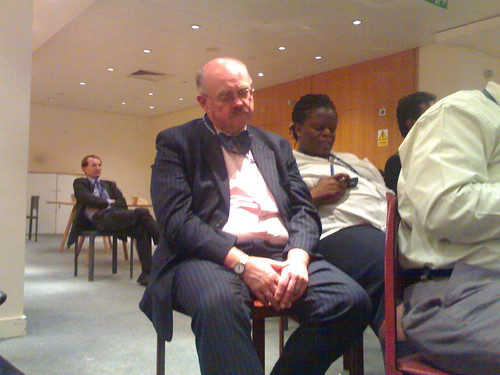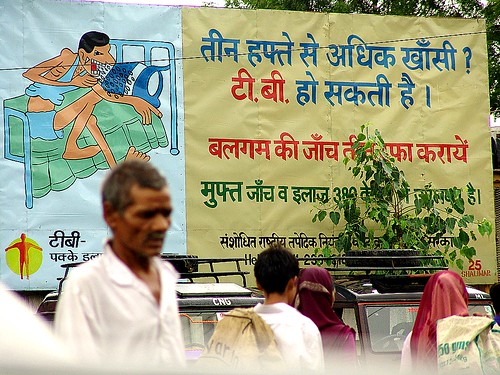
(This is a reprint of a post I wrote for my Global Health Basics blog, which it turns out I have neither the time nor the technical prowess to maintain.)
In social media, they talk about eating your own dog food. In global health, I think the equivalent would be drinking our own Oral Rehydration Solution (ORS). We need to do a lot of that. It’s important to think about what we ask of people because it gives us a much clearer sense of why we get ignored. Here’s the starter list for how to drink your own ORS:
1. Drink an entire glass of ORS from a packet every time you get the runs, not the tastier homemade kind. Don’t take Imodium.
2. Boil and cool all your water before drinking it.
3. Never spend a single cent on a treatment or cure that hasn’t been proven to work. No vitamin C for a hangover, no Preparation H, no Neosporin on your cuts.
4. No antibiotics when they aren’t strictly necessary. That means nothing for your bronchitis or your child’s ear infection.
5. Use a condom every single time you have sex, even with your spouse, even if your spouse doesn’t want to.
6. Take your child to the doctor immediately if she is showing any of the IMCI warning signs, but don’t take her if she is less sick than that.
7. Breastfeed exclusively until six months, and continue breastfeeding until at least age 2. If you have to work, then express milk by hand into a jar and store it in a cool place. But never feed your child with a bottle. Use a cup and spoon.
8. Choose your food on the basis of what is cheapest and most nutritious, without regard for flavor or cultural tradition.
9. Don’t see the doctor you are most comfortable with; instead, see the doctor that your government recommends.
10. When caring for your sick child, don’t follow the advice of your mother or mother-in-law. Instead, follow advice from a government doctor you may only have met once.
*****************





